'In a World of Black & White,' Puppeteer Kallie Melvin Is 'Lime Green'
As an intercontinental, transracial adoptee, nothing has ever been black and white for me, and I don’t think anything ever will be. I used to say when I was younger, "In a world of black and white, I’m lime green." I’ve always felt like an anomaly in a world that made sense.
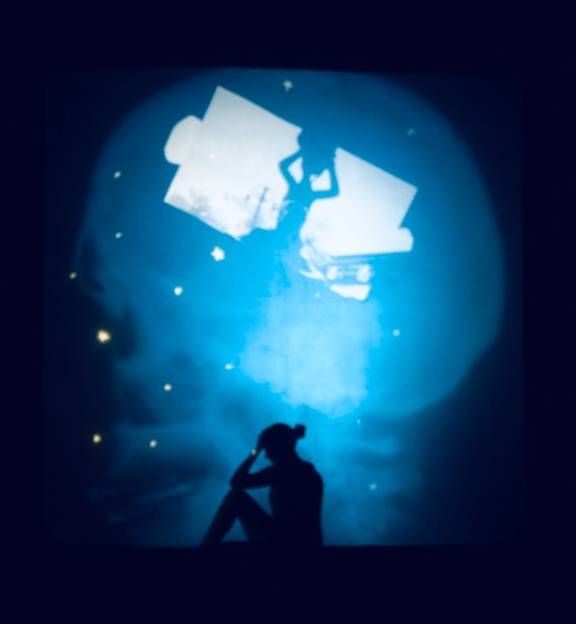
When I was first introduced to shadow puppetry, it was described to me as visual poetry. That was something that DID make sense to me. It was an art form where I could create visuals that were emotionally evocative and as abstract or as clear as I wanted. It resonated with me like no other art form has before (I’ve explored many forms of performance and visual art).
There is something so forgiving in building shadow puppets, and something so profound and evocative about seeing them. So much of the shadow experience is in the eye of the beholder. It made me feel like every person watching was living in the world like I do - just having enough information to create their own story from the images I build and share.
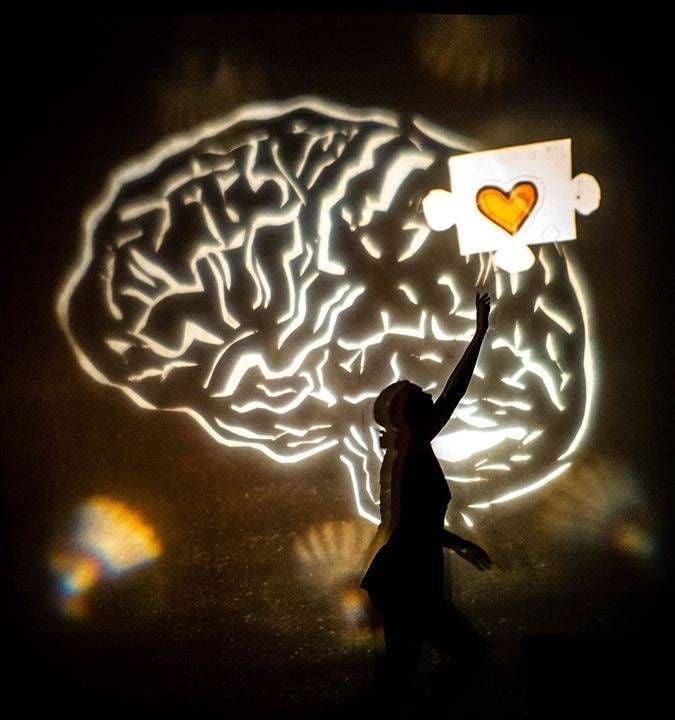
There is something cathartic and magical for me in having the ability to create images that not only help tell the stories of my experiences in a way that others can understand, but in trying to take something as complex as my experience and emotions and make them into something that can be absorbed through images, symbols and sounds. Working with shadow puppetry has given me a better understanding of who I am.
As an artist, my work has mostly focused on my identity search. That's where puppetry has been the perfect medium for me. It has been a beautiful way to orient both where I am from and where I am (the nature and nurture of my development). I am Indian, and that is a part of my identity that runs through in my work. I was also raised in Minnesota, and that is where I have been since I was an infant.
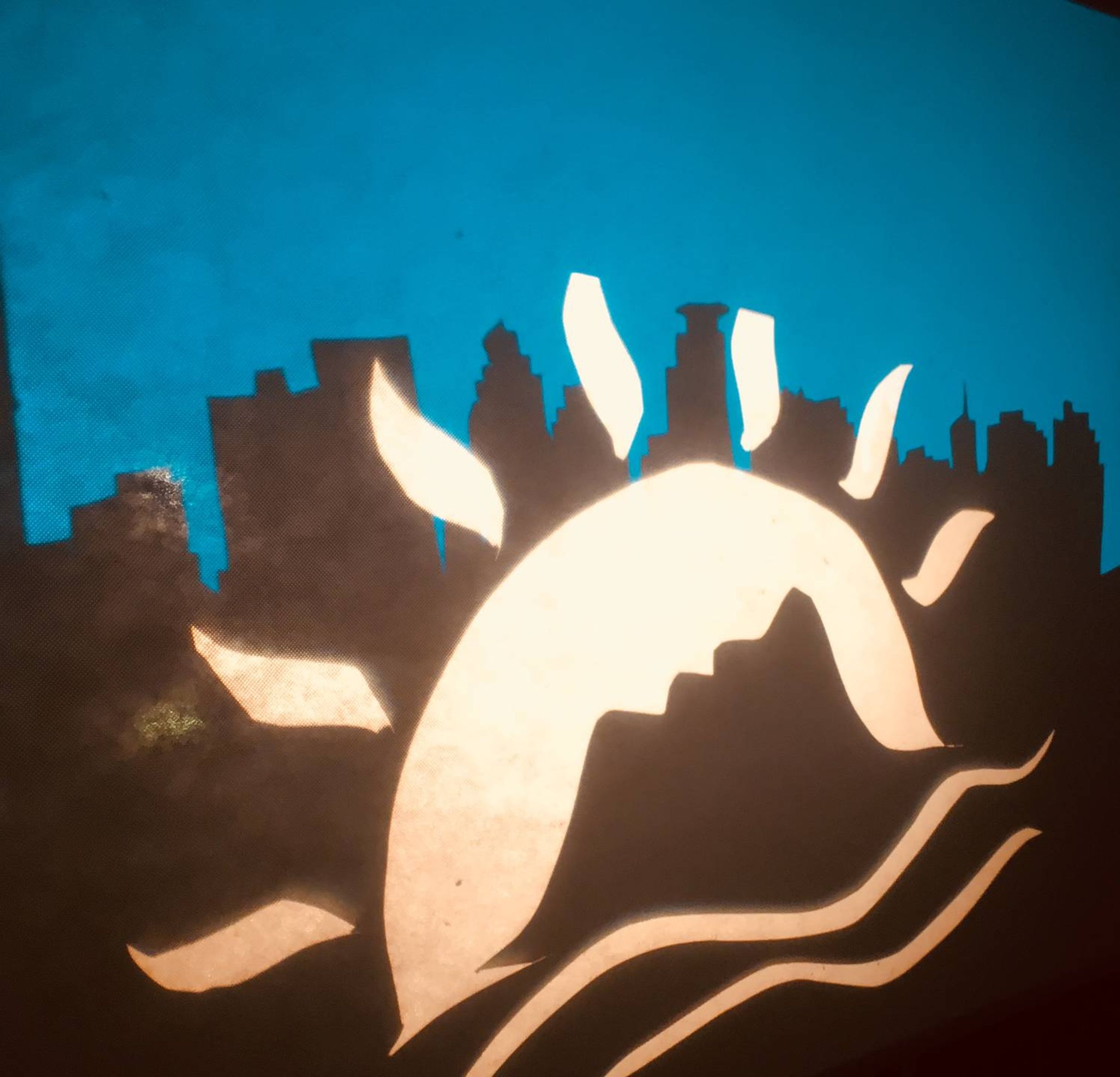
My memories are here. My language and my family are here, too. With puppetry, I have the ability and opportunity to physically show and explore the places and things I know, and that are part of my experiences and story, as well as explore things I have never seen or don't remember. I can go to any place or time, and see or talk to anyone or anything. The only limitation is what I can dream and create.
One of the other magical elements that has been unique to my puppetry experience with Monkeybear's Harmolodic Workshop is the community and collaboration. I feel so fortunate that, when I have an idea, I have found a community that is so rich with talented BIPOC artists that are not only willing to collaborate, but who encourage me as well. It brings everything back full circle for me - to be able to dream, build and create not only puppets, but learn skills, techniques and different perspectives.
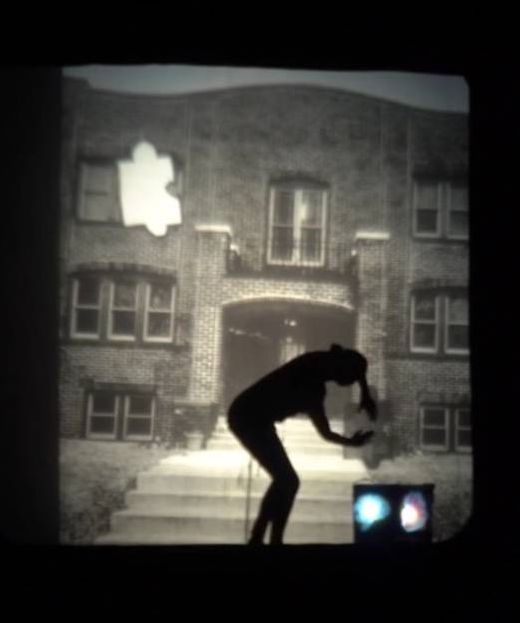
I’m interested in using shadows to explore the elements of life that sometimes aren’t seen but felt. Things like grief - what does grief look like ? How does grief breathe, move, live in the shadow world? Exploring my feelings and trying to create a visual experience or metaphor from them keeps me captivated and wanting to always explore more. The more that is uncovered, the more there is to uncover. It’s the feeling of life and art paralleling and developing and evolving simultaneously that draws me and propels me to continue exploring not only puppetry, but my own life story.
See more stories from our multi-media series Art Is…
Production Team: Ryan Klabunde, Kate McDonald, Mike Phillips, Jim Kron, Eric Pagel, Terry Gray, Matt Mead.
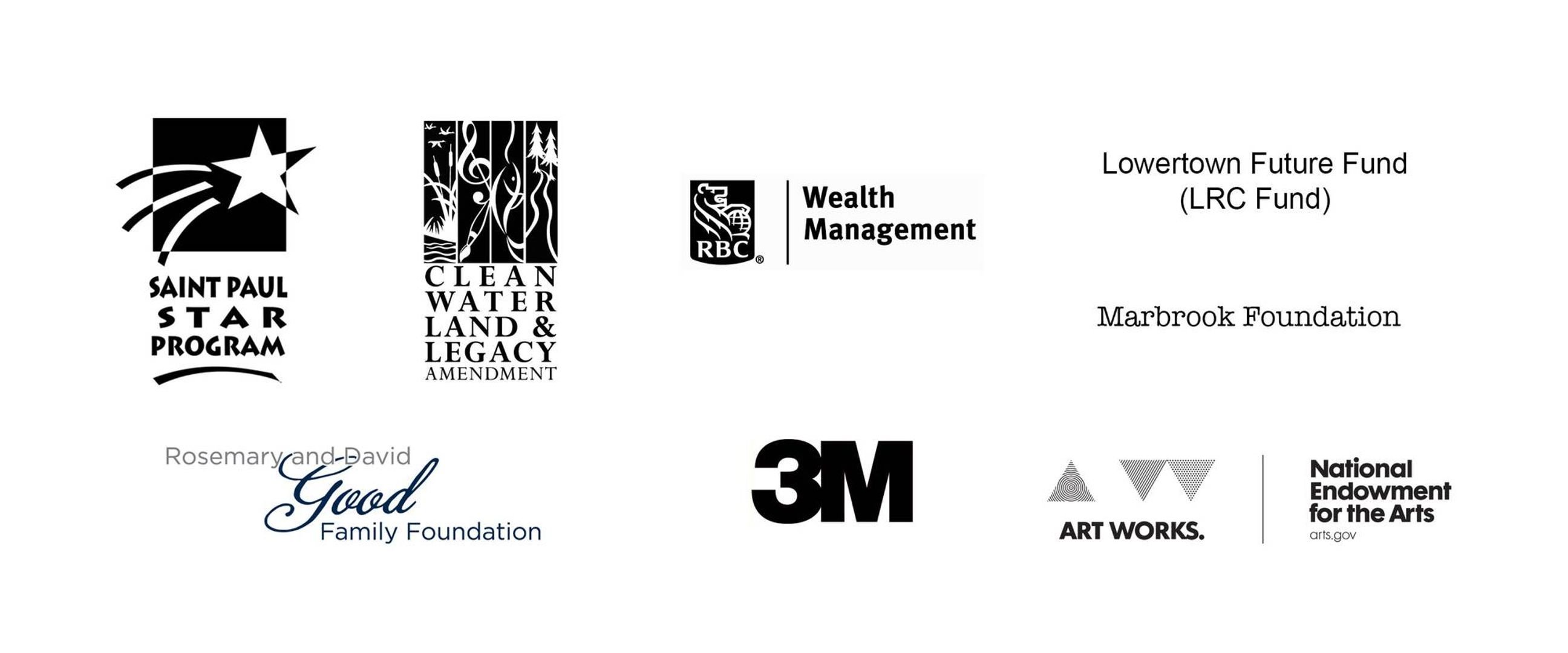
"I’m a multidisciplinary artist building a world full of characters that are sometimes human, sometimes anthropomorphic creatures that exist in a space between dream and myth, yet are rooted in real-world experience." Get to know puppetry and stop-motion artist - and founder of Monkeybear's Harmolodic Workshop - Chamindika Wanduragala.
George Floyd’s police killing has inspired countless artists across the globe to create murals in his honor, works that also call for justice and anti-racism reform. And that’s left a lot of people wondering what will happen to the works of art – many created on temporary surfaces such as plywood panels – when communities start to rebuild. Students and professors at the University of Minnesota have created an online database that aims to catalog these expressions so they can be studied for years to come.
